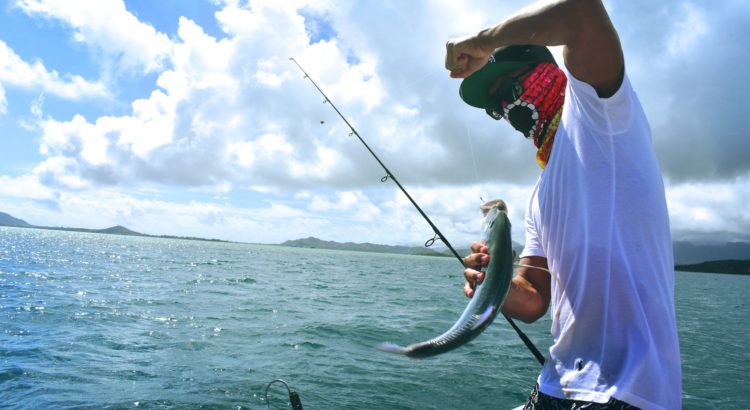When it comes to selecting the right fishing hook there is a lot of options to choose from. Your selection will entirely depend on the fish you’re targeting. But without knowing your options how would you choose the right fishing hook.
I’ve kept it simple below and gone with a list post today. We’ll go through the most common type of fishing hooks and a short description to help you stock up your tackle box.
Keep in mind there are so many hooks to choose from but I’ve gone with the 10 most common and utilised fishing hooks.
Circle Hooks

My go-to fishing hook for saltwater bait fishing. I love the circle hook as it prevents gut hooking and increases the rate of survival if undersize fish were caught. Due to its unique design circle hooks tend to hook the corner of a fishes mouth.
Whilst using circle hooks don’t set the hook by striking hard as this most often will result in the hook coming out. Rather keep the line tight and add pressure. As the fish swallows the bait, the hook will slightly come out turn and hook to the side of the cheek.
Octopus Hooks
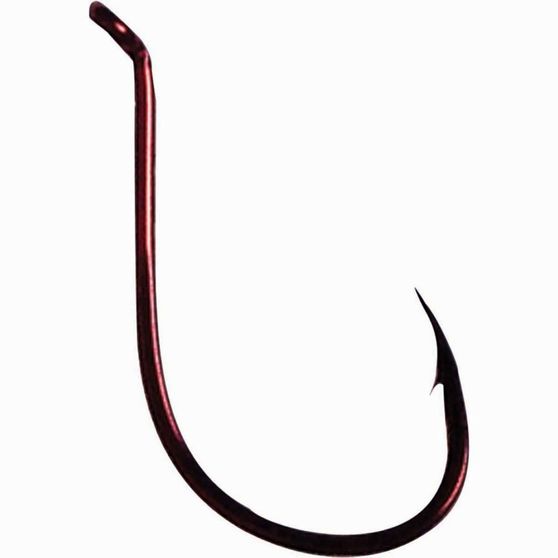
Similar design to the circle hook except for a less dramatic point. These hooks work well in both saltwater and freshwater bait fishing. As Octopus hooks are great for bait presentation due to its shorter shank. This helps to easily hide the hook within cut baits.
Bait holder Hooks
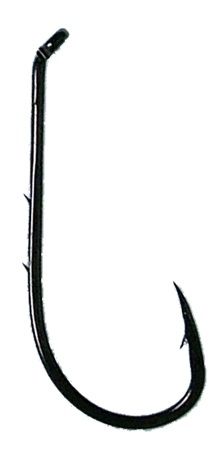
As the name suggests are great for cut baits. As the distinguishing barbs on the shank help to hold baits on to the hook. I’ve often used these hooks with paternoster rigs and baited with chicken, cut pilchard and even squid at times.
Long Shank Hooks
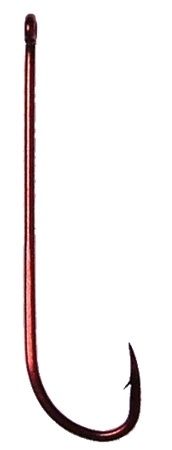
A must-have for estuary fishing, as the long shank on these hooks make them ideal for long cut baits, prawns and worms. When targeting smallmouth species like whiting and garfish ensure your tackle box is stocked up with a few various sizes.
O’Shaughnessy Hooks
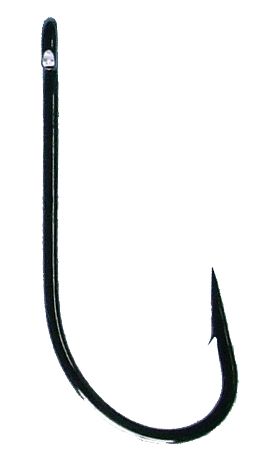
Great quality hooks with superior strength. Noticeably straight shank and straight point. Love these hooks when targeting Salmon or Tailor while surf fishing.
Jig Heads
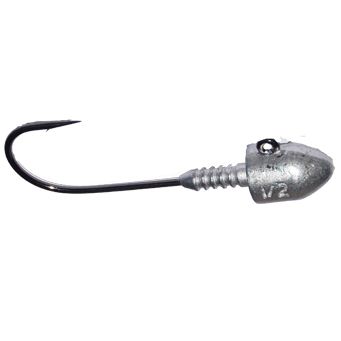
Jigheads come in various weight and sizes and are used for soft plastic lures. A quick tip whilst using soft plastic lures is to line up the lure to where the hook will come out. Then thread the hook through. This way you’ll have a nicely presented lure.
Ganged Hooks
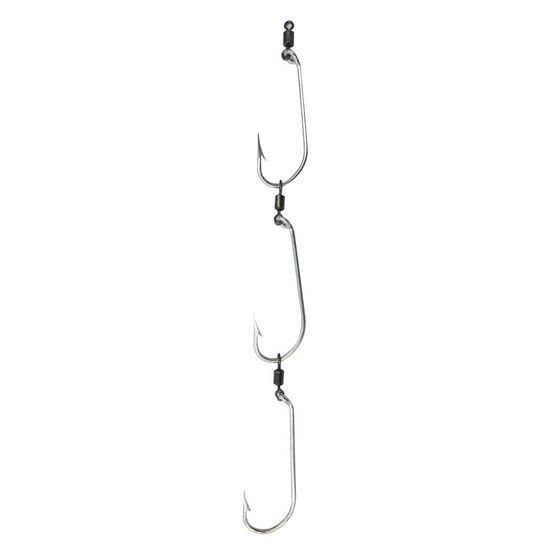
Ganged hooks look quite intimidating but there great for baiting whole pilchard, squid or large cut baits. Just ensure your threading the bait from one side only as this can be difficult the first few times.
If deciding to use ganged hooks ensure you pick up ones that have swivels between each hook. I’ve made the mistake in the past buying hooks without swivels. This resulted in me wasting a whole afternoon trying to bait whole pilchards while the Salmon were biting. Swivels are a big help to angle hooks into baits and dehooking caught fish.
Aberdeen Hooks
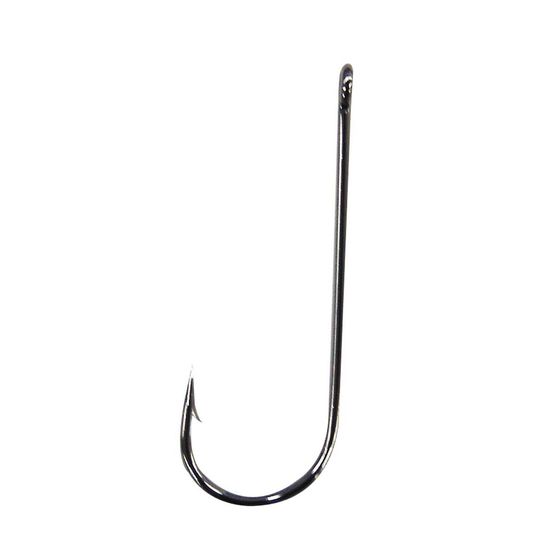
Made from lightweight wire and are thinner in profile in comparison to other hooks. These work well with live baits as they cause less harm and ensures baits are alive for a lot longer. Aberdeen hooks are more often used for freshwater pan size fish.
Single Lure Hooks
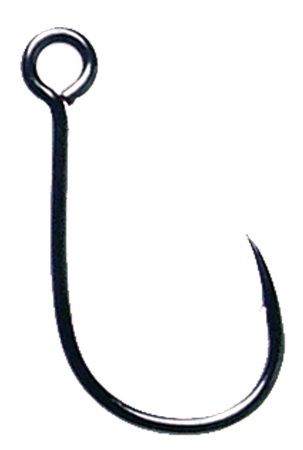
Used for hard body lures and in my opinion are great. A noticeable feature of these hooks is the eye, which will be in line with the point of the hook. This results in the hook to swim in line with the lure.
Treble Hooks

Features three points and are often partnered up with hard body lures. I’ve included treble hooks into this list to bring awareness as to how bad these can be for fishing.
Not that these fishing hooks don’t work but they can really cause damage to fish if you were to catch and release. When buying hard body lures opt-in to replace the treble hook with a single lure hook as above.
